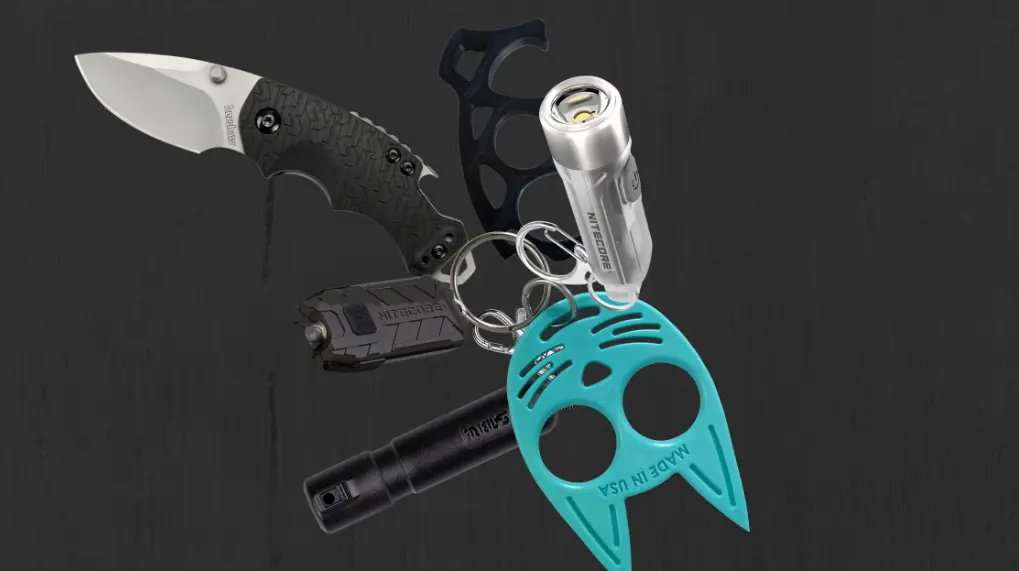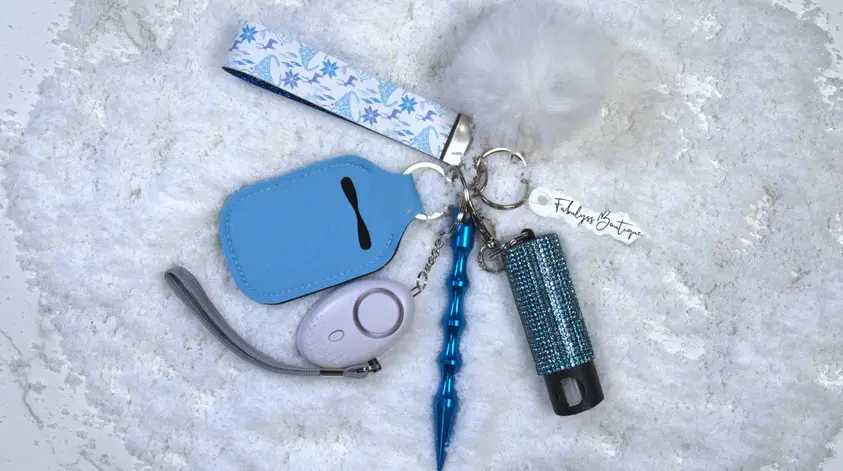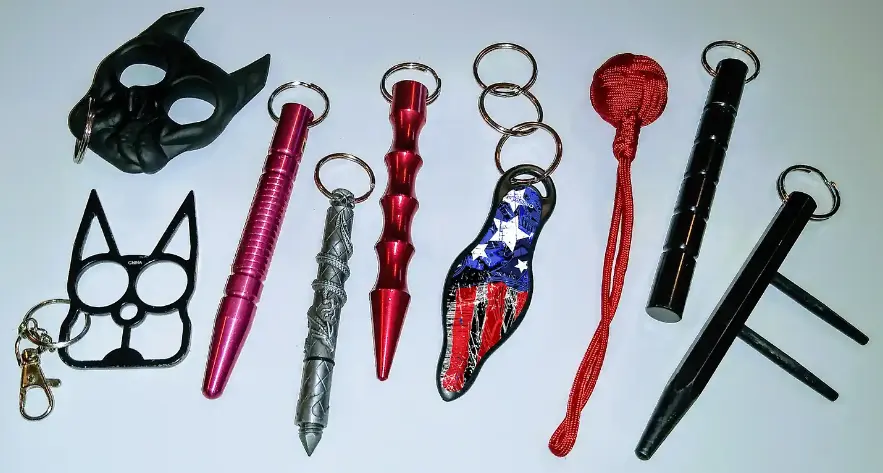In an increasingly uncertain world, personal safety has become a top priority for many individuals. Among the various tools designed to enhance personal security, the self-defense keychain stands out as a versatile and practical option. This article delves into the top techniques for using a self-defense keychain, offering you insights into how this small, seemingly innocuous tool can be a powerful asset in protecting yourself.
Introduction to Self-Defense Keychains
Self-defense keychains, often referred to as kubotans or tactical keychains, are compact tools designed for personal protection. These keychains come in various forms, including blunt-ended sticks, pointed metal tips, and even multi-functional gadgets with built-in alarms or lights. The primary advantage of a self-defense keychain is its portability and ease of access, making it an ideal everyday carry item.
Top Techniques for Using a Self-Defense Keychain
 1. Grip and Stance
1. Grip and Stance
The effectiveness of a self-defense keychain largely depends on how you hold it. A firm grip is essential for maximum impact. Hold the keychain in a fist, with the end protruding from the bottom of your hand. This grip ensures that you can deliver powerful strikes while maintaining control of the keychain. Your stance should be balanced, with your feet shoulder-width apart, knees slightly bent, and weight distributed evenly. This posture provides stability and allows for quick movement.
2. Target Areas
Knowing where to strike is crucial for effective self-defense. Aim for vulnerable areas such as the eyes, throat, solar plexus, ribs, and groin. These spots are more sensitive and can incapacitate an attacker quickly. Striking these areas with a self-defense keychain can cause significant pain and create an opportunity for you to escape.
3. Striking Techniques
- Jabs and Pokes: Use quick, sharp jabs with the pointed end of the keychain to target soft tissue areas like the eyes or throat. These strikes are designed to cause immediate pain and disorient the attacker.
- Hammer Fists: Hold the keychain tightly and use a hammer fist motion to strike downward onto the attacker’s collarbone, nose, or temple. This technique utilizes the strength of your entire arm to deliver a powerful blow.
- Slashing Motions: Some self-defense keychains have sharp edges or ridges. Use slashing motions to cut or scrape the attacker’s skin, causing pain and potentially drawing blood, which can deter further aggression.
4. Blocking and Parrying
In addition to offensive techniques, a self-defense keychain can be used defensively to block or parry incoming attacks. By holding the keychain across your palm, you can use it to deflect punches or grabs. This defensive use of the keychain can protect you from harm and create openings for counter-attacks.
5. Escaping Holds
If an attacker grabs you, a self-defense keychain can help you break free. For example, if someone grabs your wrist, you can use the keychain to strike their hand or forearm, forcing them to release their grip. Additionally, if you’re caught in a chokehold, use the keychain to jab at the attacker’s face or throat, which can cause them to loosen their hold.
Choosing the Right Self-Defense Keychain
 1. Material and Durability
1. Material and Durability
The material of your self-defense keychain is crucial for its effectiveness. Opt for keychains made from sturdy materials like aluminum, stainless steel, or reinforced polymer. These materials ensure that the keychain can withstand significant force without breaking.
2. Design and Features
Consider the design and features of the keychain. Some keychains come with additional tools like whistles, flashlights, or alarms. These added features can enhance your ability to attract attention and call for help in an emergency.
3. Ease of Use
Choose a self-defense keychain that feels comfortable in your hand and is easy to use. The keychain should be lightweight enough to carry daily but substantial enough to deliver effective strikes.
Legal Considerations
Before carrying a self-defense keychain, it’s important to be aware of the legal considerations in your area. Some regions have restrictions on certain types of self-defense tools. Ensure that your keychain complies with local laws to avoid legal issues.
Training and Practice
Owning a self-defense keychain is only effective if you know how to use it properly. Consider taking a self-defense class that includes instruction on using keychains and other personal safety tools. Regular practice will help you develop the muscle memory and confidence needed to use the keychain effectively in a real-life situation.
Conclusion
A self-defense keychain can be a valuable addition to your personal safety toolkit. By learning and practicing the techniques outlined in this article, you can enhance your ability to protect yourself in dangerous situations. Remember, the key to effective self-defense is not just the tool itself, but your knowledge and readiness to use it.
